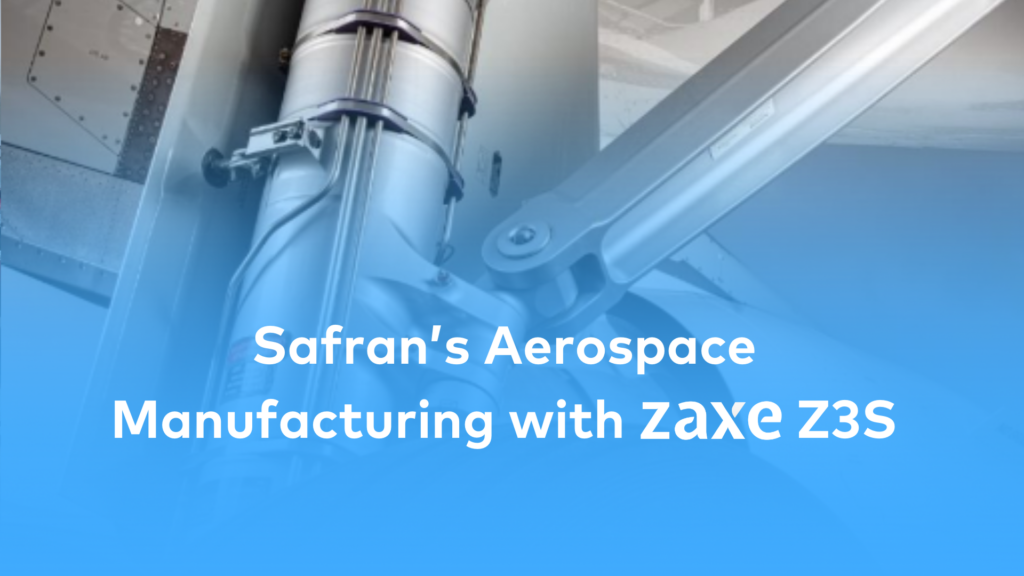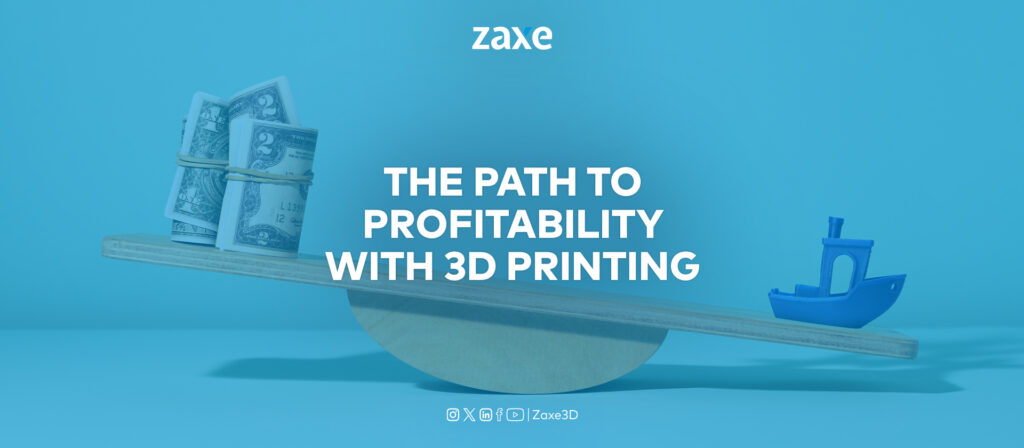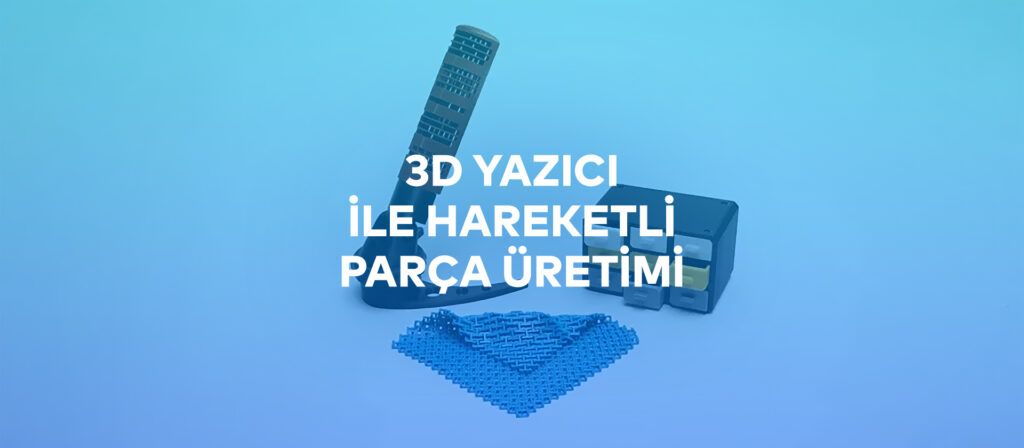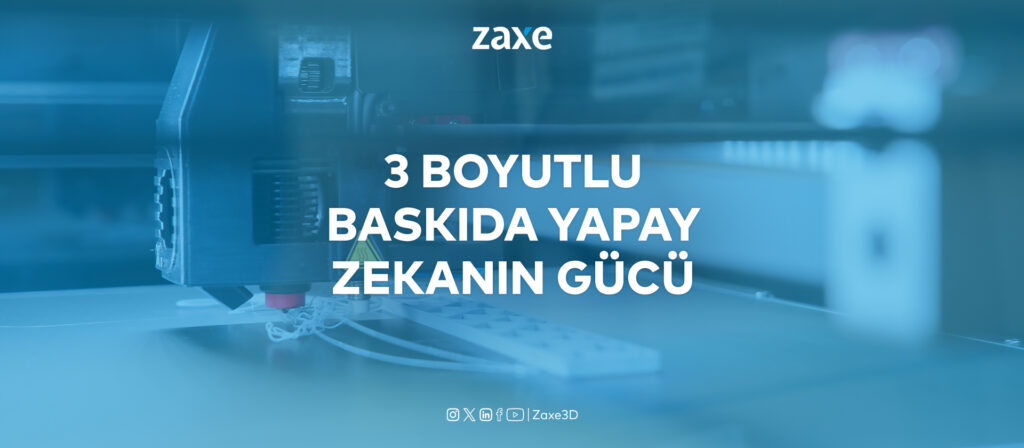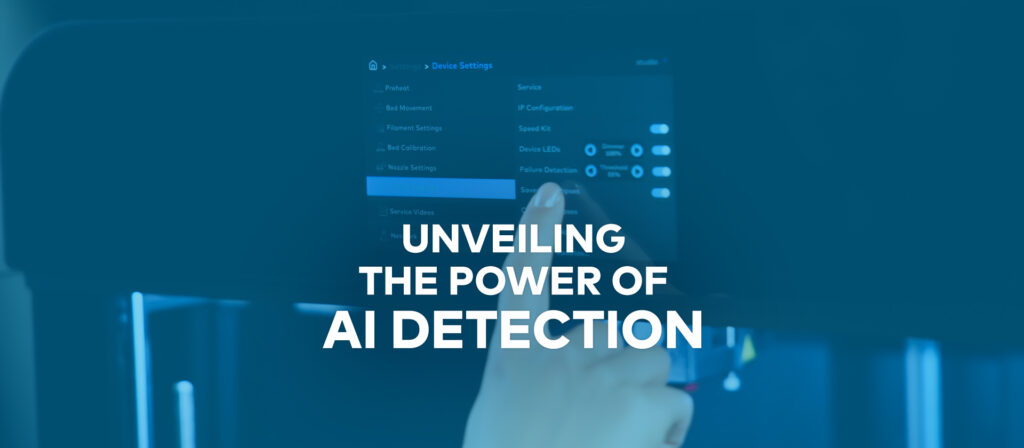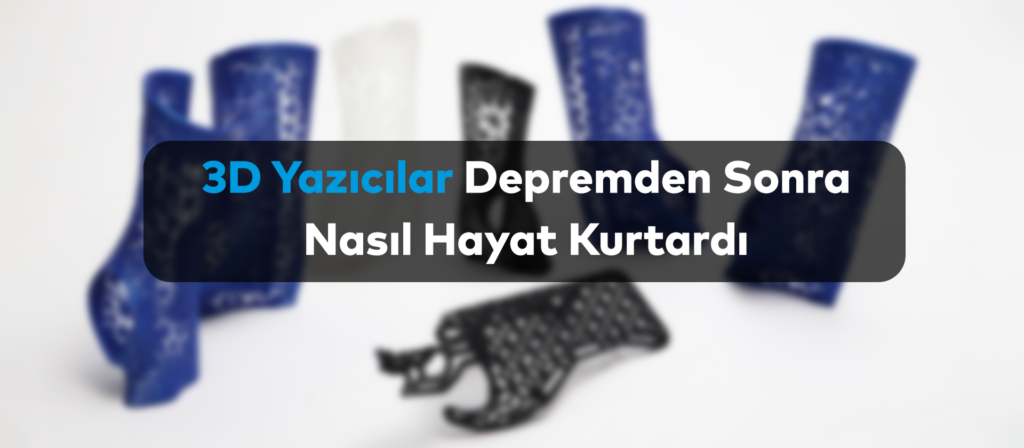Aerospace Manufacturing: Safran’s Innovative Use of Zaxe 3D Printers
In the rapidly evolving aerospace sector, the integration of advanced technologies is pivotal to maintaining competitive advantage and operational efficiency. Among the frontiers of innovation, 3D printing stands out, offering versatile solutions to complex manufacturing challenges. Safran, a global leader in aircraft propulsion and equipment, has embraced this technology through its collaboration with Zaxe, a …
Aerospace Manufacturing: Safran’s Innovative Use of Zaxe 3D Printers Read More »

